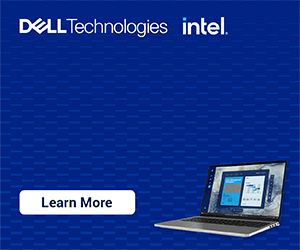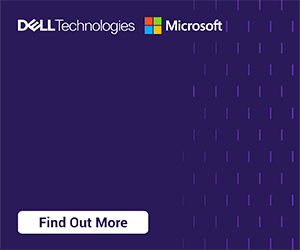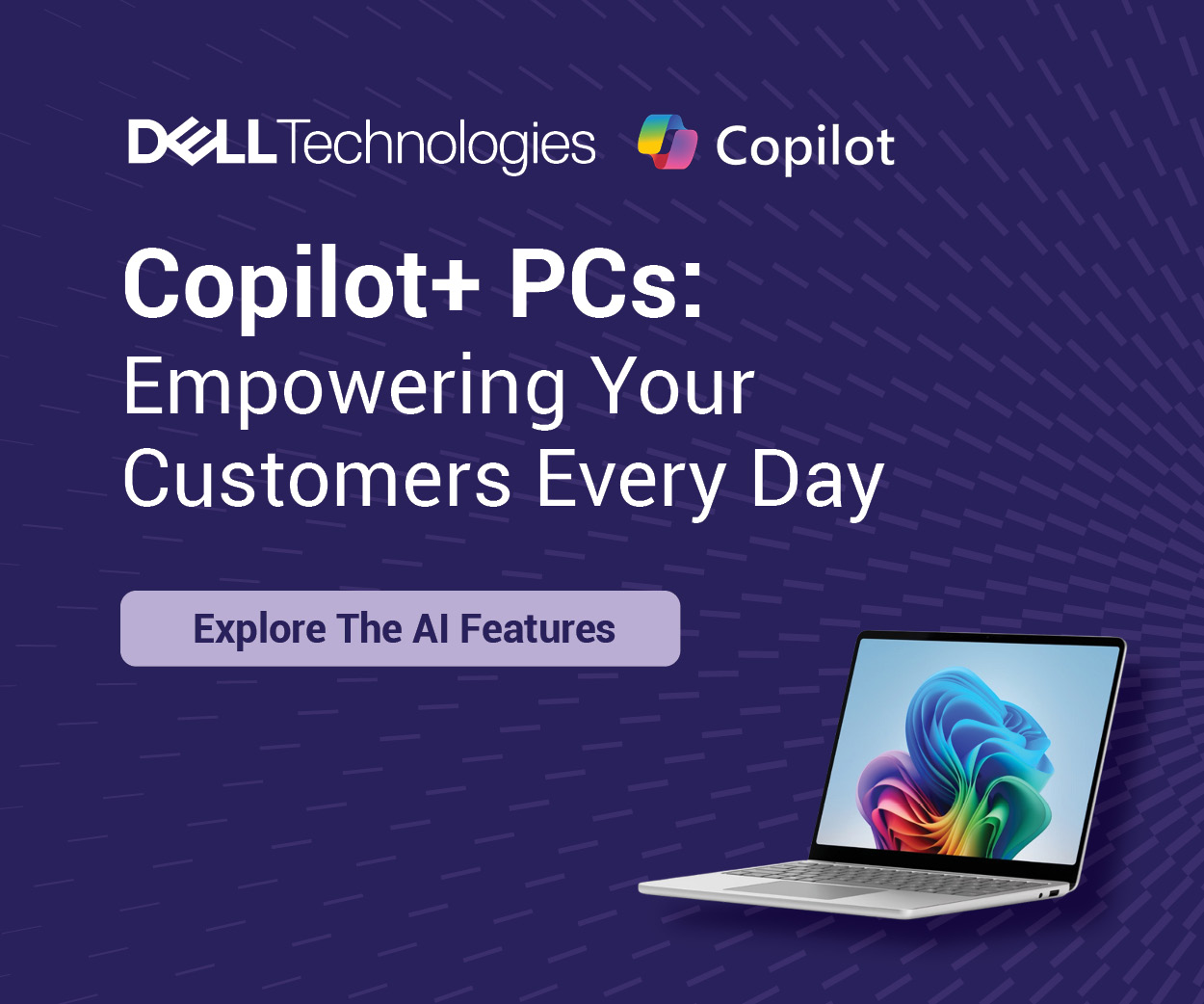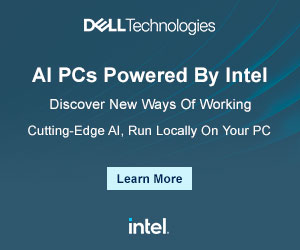Dell Technologies and Microsoft have partnered together to create the Dell EMC Integrated System for Microsoft Azure Stack Hyperconverged Infrastructure (HCI). An all-in-one, validated HCI, this new system is powered by an intelligently integrated foundation from Dell Technologies to deliver a simple, enterprise-class deployment, maintenance, and support experience.
The goal in creating this new system is to empower organizations with the ability to build, deploy, and run hybrid and edge computing applications across location boundaries, thereby providing the choice and flexibility needed to more effectively address today’s increasingly diverse workload requirements.
Improve operational efficiency
For the solution provider, the Dell EMC Integrated System for Microsoft Azure Stack HCI provides integrated deployment and full-stack automated end-to-end lifecycle support. Such a unique integration of technology solutions from two market leaders can help your clients reduce manual steps of complex operational tasks by 82%, and reduce the required maintenance window by 40%.*
Taking a closer look, Dell EMC OpenManage Integration with Microsoft Windows Admin Center delivers full stack lifecycle management enabled by Cluster-Aware Updating. Updates to the Operating Systems, BIOS, firmware, and drivers are actually orchestrated through a consolidated update workflow. This means no interruption to workloads running in the VMs – all that’s needed is a single reboot per cluster node.
Expounding upon this point a bit further, automated cluster creation can help accelerate customers’ time to value; it also helps reduce the risk of human error in the initial deployment process. Built-in disaster recovery with stretch clustering provides automatic failover to help restore production quickly, without the need for manual intervention. This ensures your clients’ systems always stay up and running.
Deliver cloud-like flexibility
Through native and deep Azure integration, customers can leverage Azure resources both on-prem and in the public cloud, thereby enjoying regular and consistent feature and security updates regardless of location.
With a single Azure portal, organizations can create and orchestrate HCI clusters at scale – and they can do so with tremendous ease. Dell Technologies offers a metered payment solution for Dell EMC infrastructure that affords your clients the freedom to scale up and down within the available buffer capacity to better manage unpredictable growth, workload bursts, and temporary changes in IT infrastructure requirements.
Supported by enterprise-class expertise
Dell Technologies is a proven, mature leader in the HCI market. In fact, Dell Technologies actually ranks #1 in HCI, Server and Microsoft solutions market.** Customers benefit from 30 years of partnership with Microsoft and co-located Dell Technologies engineers at Microsoft headquarters. Collectively, the two companies have spent thousands of person-hours engineering and validating joint solutions to provide organizations with the confidence and peace of mind that your clients’ HCI solutions will be available wherever and however it is needed.
Learn more by visiting here
* Internal Dell Technologies lab review of OpenManage integration with Windows Admin Center. Taken from Dell EMC Solutions for Microsoft Azure Stack HCI: Life Cycle Management Approach Comparison Benefits of Automating the Azure Stack HCI Hardware Update Process, August 2020
** IDC WW Quarterly Converged Systems Tracker, Vendor Revenue (US$M) Q1 2020, June 18, 2020













